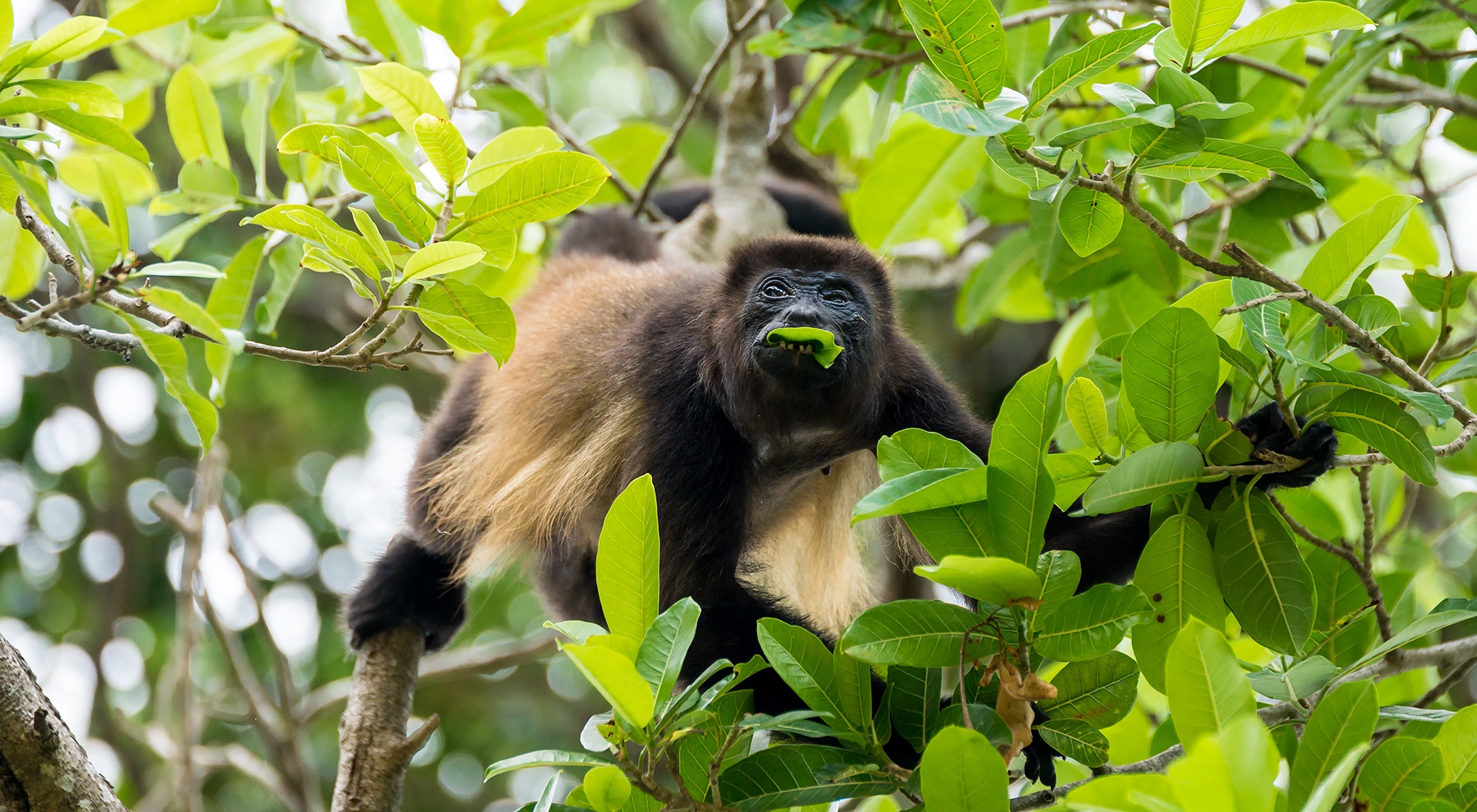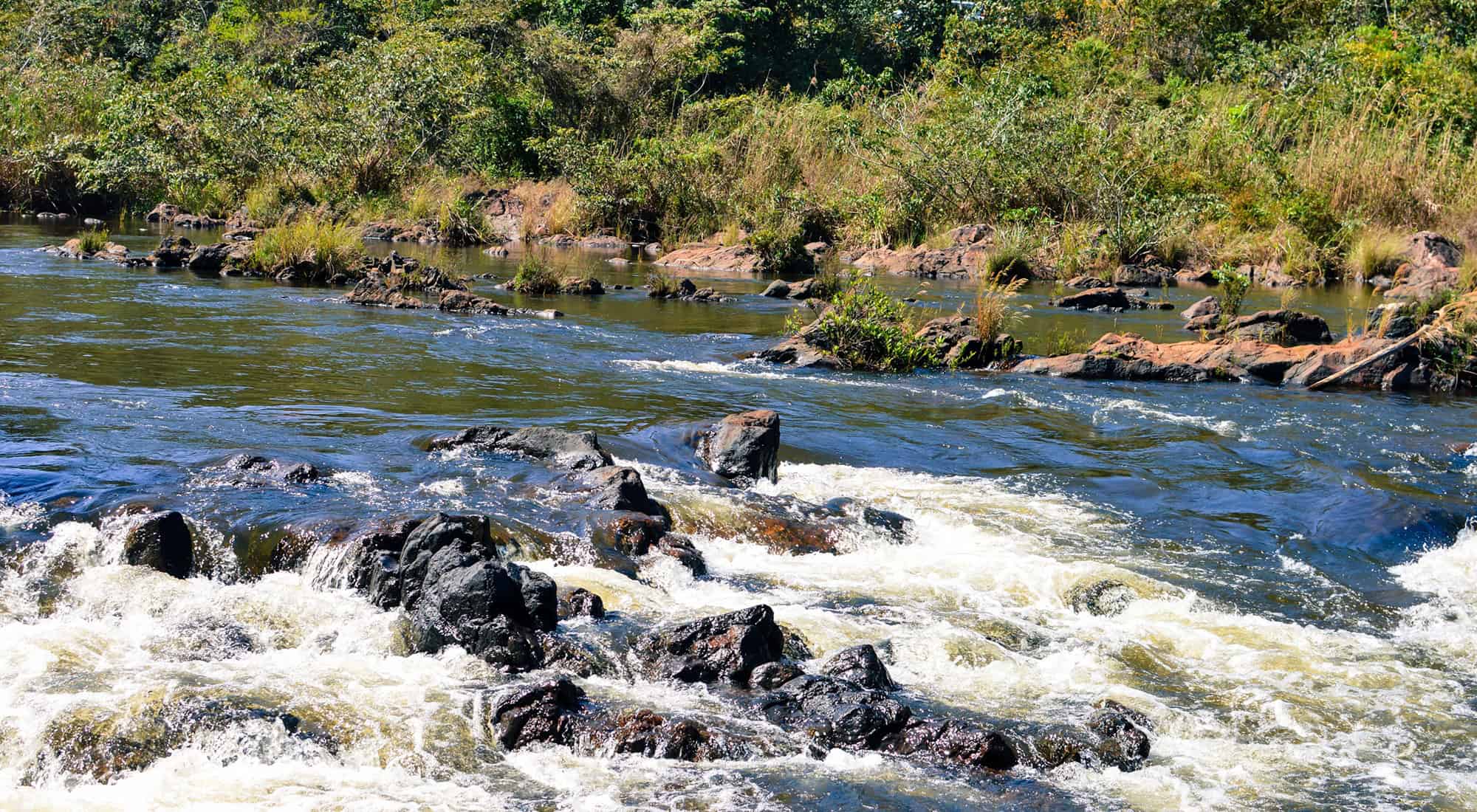There is no sound quite like the deep, guttural, sustained roar of a male howler monkey. Those who first hear it, unaware of its origin, wake with a fright at dawn, or sleep uneasily, with nightmares of jaguars leaping through the flimsy mosquito nets that cover the jungle lodge windows.
Fear not. The monkeys themselves are cute little creatures, barely as large as a poodle, with plaintive deep brown eyes, though don’t stand beneath them when they’re agitated as they defecate on assailants. They make their roar with a specially adapted and enlarged mouth and larynx fitted with a unique extended lingual bone.
In Belize they’re known as baboons, but they have none of the physical power or aggression of these fearsome African primates. Howler monkeys are gentle, leaf-eating creatures, whose roar is most decidedly worse than their bite. Howlers rarely if ever come to blows. Dominant males just bellow at each other from neighbouring clumps of trees, uproariously asserting their territorial rights.
Howlers are unique to the tropical and subtropical Americas. There are 15 species, most of them living in Brazil. Belize has just one, the Guatemalan black howler (Alouatta pigra). The best places to see or hear them are the Black Orchid Resort or the Community Baboon Sanctuary.










